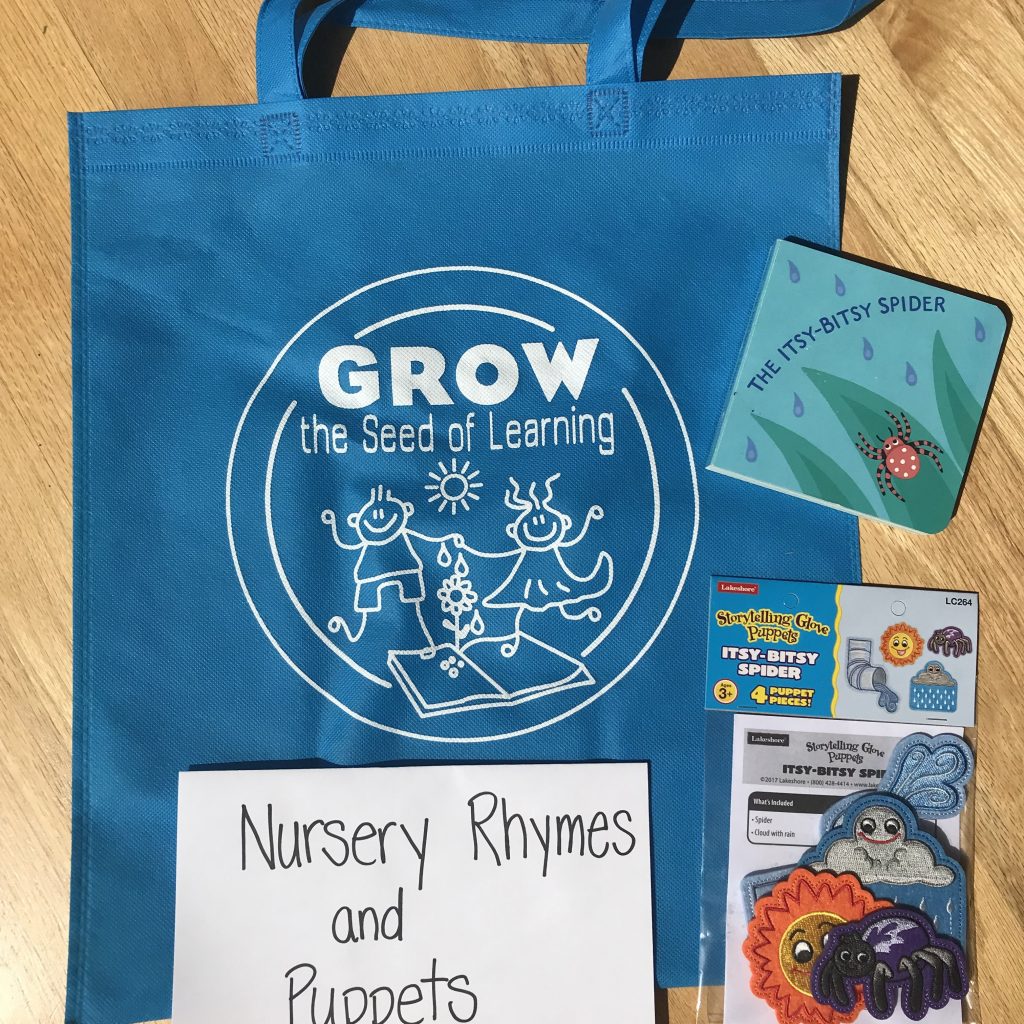Research in early literacy has shown us that nursery rhymes can be instrumental in boosting young children’s ability to master pre-reading skills. They assist with the development of phonological and print related skills. When children hear nursery rhymes, they hear the sounds vowels and consonants make. They learn how to put these sounds together to make words. Since nursery rhymes are patterns, they help children learn easy recall and memorization. Listening comprehension precedes reading comprehension. In order for a child to understand what they are reading, they have to be able to hear the language first. A lot of the traditional rhymes, such as ‘Jack and Jill’ and ‘Humpty Dumpty,’ are repetitious and allow children to memorize basic structures and patterns in the English language, and then put it together. It’s important that young children learn to memorize through verse. At this session families will be exposed to nursery rhyme play.



